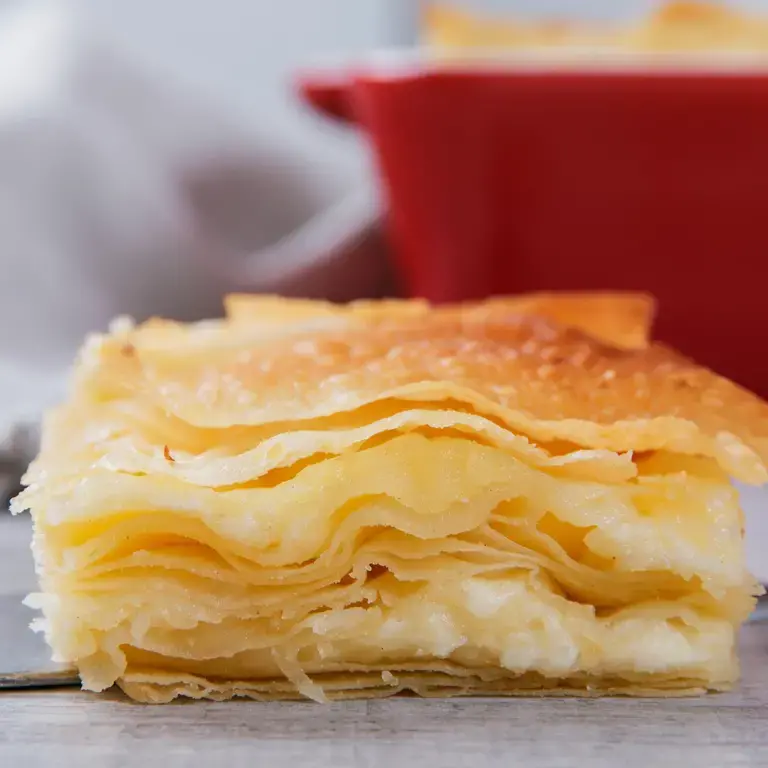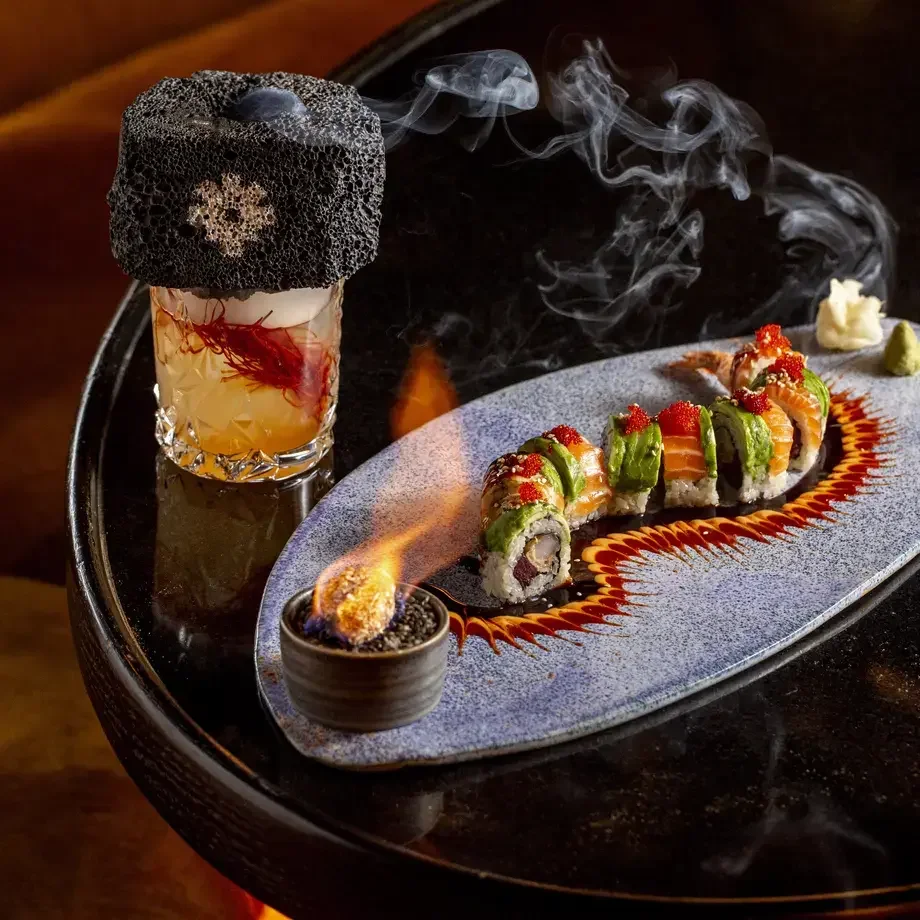Phyllo pastry is made using flour, water and a little oil, rolled and stretched into large, gossamer-thin sheets. It requires a very large countertop, preferably made from marble, and a special, long, thin rolling pin. Each sheet should be carefully rolled and stretched several times. This can be time consuming when carried out by hand, and these days phyllo may also be stretched using mechanical rollers
How to use it
Filo is typically brushed with oil or melted butter and arranged in layers, which are filled with a variety of sweet or savoury ingredients. It is a key ingredient in baklava, where it is layered with chopped nuts and syrup or honey, as well as various savoury pies including Greek tiropita and spanakopita, Bulgarian banitsa, and börek, a savoury pie with many variations that is eaten throughout the countries of the former Ottoman Empire.
In addition to its more traditional uses, phyllo can be folded around a filling to make a delicate phyllo parcel, or formed into cases for tarts and canapés. It is popular as a low-fat or vegan alternative to puff pastry, and is often used in recipes like beef or mushroom wellington. Because it is easy to cut or mould, it is also favoured for its decorative potential, and bakers with an artistic eye enjoy arranging it in attractive rolls and ruffles.
Sweet recipes
If you like your sweet treats with added texture and a delicate crunch, you’ll love these irresistible sweet phyllo recipes.













